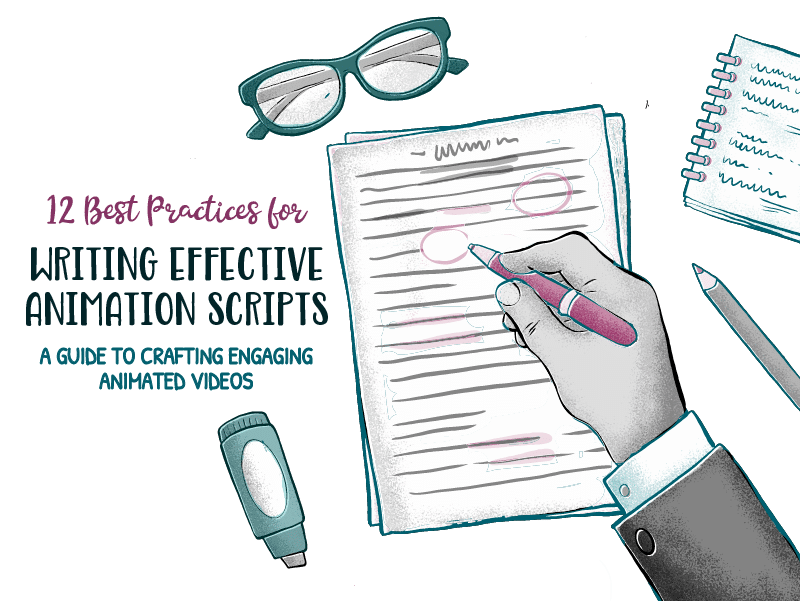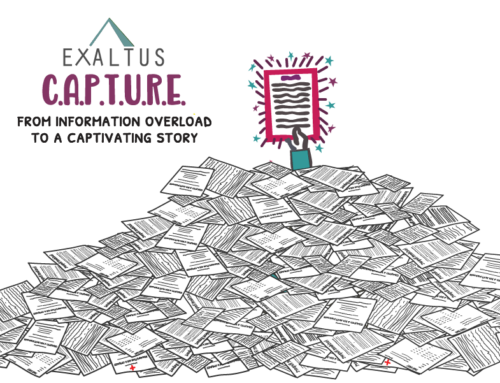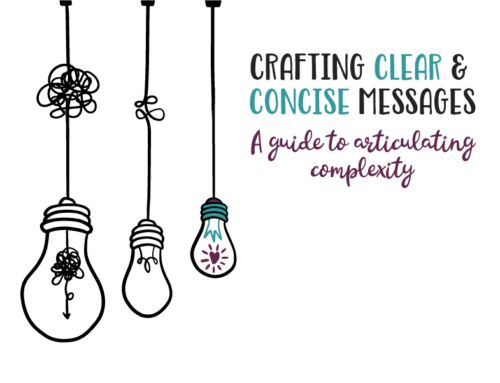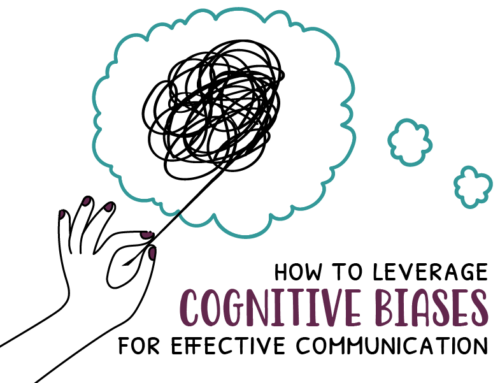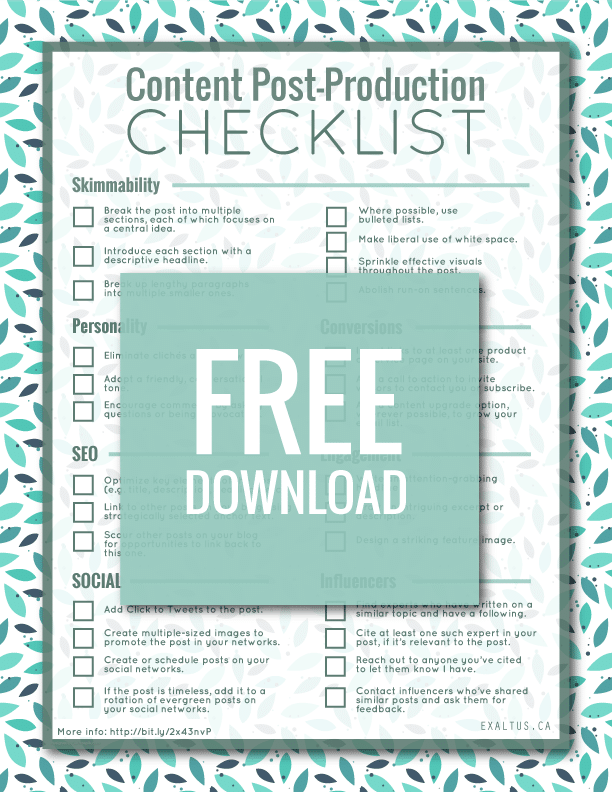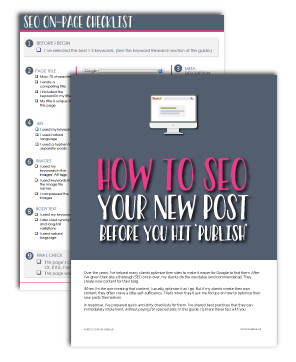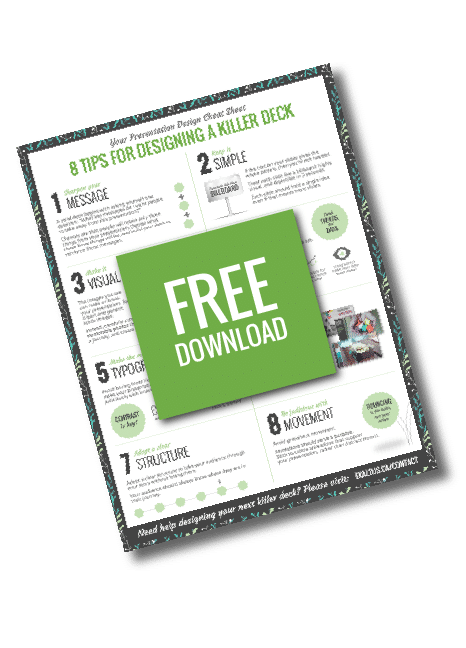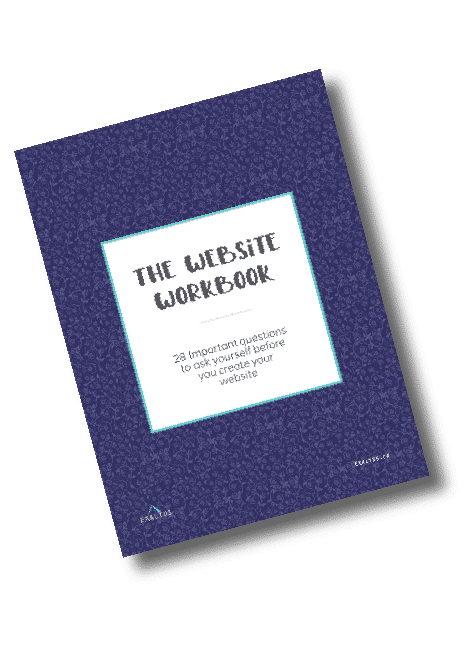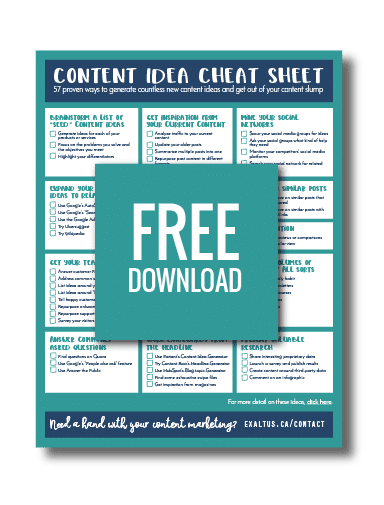Short animated videos—especially whiteboard animations—are among the most powerful tools for communicating ideas clearly and effectively. Their ability to distill complex information into engaging, concise stories makes them ideal for capturing attention and driving results.
But here’s the catch: even experienced writers need to adapt their approach when crafting animation scripts. The key to success lies in brevity and in mastering the art of scripting for both the eye and the ear.
At Exaltus, we’re constantly refining scripts—sometimes from bestselling authors—to optimize them for short animated videos. The formula is simple: focus, clarity, and the seamless pairing of words with visuals.
Best Practices for Animation Scripting
1
Define clear objectives
Start by setting specific goals for your video. Who are you speaking to? What do you want them to take away from it? And just as importantly: how do you want viewers to feel as a result of watching your video?
For more information, check out our post on The Perfect Video Creative Brief.
2
Write a Thesis Statement
Before you write your script, write your thesis statement—a single, clear, overarching message that you want your audience to remember. Writing a strong thesis keeps your animation script focused and prevents unnecessary detours. Here are examples from recent animations we worked on.
Thesis statement:
“As your business grows and evolves, Quantum provides expert, personalized recruitment services to meet all of your staffing needs, from temporary hires to seasoned professionals, so you can focus on your business while we focus on your talent.”
Thesis statement:
“At Grosse Pointe Academy, we go beyond academics to nurture the whole child by focusing on essential life skills like empathy, leadership, and critical thinking, ensuring your child is prepared for both academic success and life in an ever-changing world.”
3
Use Conversational Language
Write like you’re talking to a friend. Use simple, clear sentences and avoid jargon. Contractions work well. Starting a sentence with “and” or “because” is not just allowed—it’s encouraged.
The goal is to create an approachable, easy-to-digest animation script that sounds natural when spoken aloud.
4
Write your Script with Visuals in Mind
Think visually as you write. Use descriptive language that will guide the animation without over-explaining. Consider how the images will complement and reinforce your words. For more tips on visual storytelling, check out our post on Visual Storytelling.
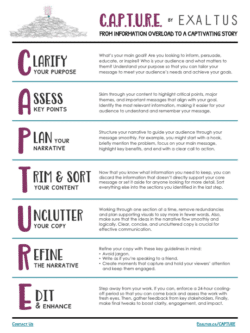
Grab our Framework to Go
Download our proven CAPTURE framework for turning your information overload into captivating stories that attract and hold attention, build trust, engage your audience, and move them to act.
5
Create an Emotional Connection
Appeal to your audience’s emotions through language, tone, and strategic pauses. Short videos need to make an impact fast, and tapping into emotions is a powerful way to do that.
For tips on triggering emotions, check out our post on Emotional Decision Making.
6
Hook Your Audience from the Start of the Script
Capture attention immediately with a compelling opening line or visual. This can be a surprising fact, an interesting question, or a visually engaging concept that makes viewers want to keep watching.
In this video, we hook the viewer with a challenging question that engages them in dreaming about what’s possible.
With this hook, we want our target audience (would-be writers craving a change) to feel seen from the get go.
Ready to take your animations to the next level?
Discover how Exaltus can help transform your raw ideas into polished, high-converting scripts for animations.
7
Use Curiosity Throughout your Script to Maintain Interest
Sustain interest by teasing upcoming information or asking questions that make the audience want to know more. Curiosity is a great tool for keeping viewers engaged throughout the video.
At around 1:10 in our apoB video about early prevention, we asked the question “what happened to Eudora?” as a way to agitate the viewer’s curiosity.
8
Make your Script Ruthlessly Concise
The average English speaker speaks at a rate of around 150 words per minute. So for a 2-3 minute video, aim for a script with 300-450 words. Leave room for pauses and visual effects. Edit ruthlessly—cut anything that doesn’t directly support your main message.
9
Avoid Repetition
Repetition works in other forms of writing but not in short animated videos, where every word must serve a purpose. Avoid repeating concepts or phrases unless it’s crucial for clarity or impact.
Here’s a good counter-example that shows that sometimes, rules are meant to be broken. In this video, produced in partnership with Quickseries, we used repetition to create impact.
10
Get to the Point Quickly
Don’t spend too long setting the stage or explaining the problem. In a short animated video script, get to the core message quickly. Viewers have short attention spans, so efficiency is key.
11
Show, Don’t Tell
Use visual cues to illustrate your points rather than explaining everything in detail. Let the animation do the heavy lifting.
Check out steps 3 and 7 of this video to see how we supported our narrative with an example… without using up words in the script.
12
Read your Animation Script Out Loud
Always read your script out loud to ensure it flows naturally. This helps identify awkward phrases, tongue twisters, or sections that feel rushed or too slow.
Pacing and Flow
Keep the Video in Sync
At Exaltus, we don’t fully flesh out the visuals until the storyboard phase, but even at the scriptwriting stage, we think about how the script will sync with the visuals. Allow enough time for viewers to absorb both the spoken words and the visuals.
Pause for Emphasis
Incorporate natural pauses to give key points time to sink in. These pauses can also allow the visuals to take center stage, enhancing your message.
Reducing Friction Points
Minimizing friction ensures your animation script flows smoothly and keeps viewers engaged without confusion or frustration.
Clarity Issues
- Unanswered Questions: Avoid leaving viewers confused by not providing enough context.
- Lack of Key Context: Ensure viewers have the necessary information to understand your points without over-explaining.
- Run-on Sentences: Keep sentences short and clear. Long, complex sentences are harder to follow.
Conciseness and Alignment
- Redundancy: Cut repetitive ideas or sentences that don’t add value and that you’ll otherwise need to find new visuals for each time.
- Unsupported Arguments: Make sure every claim is backed up with a visual or example.
- Misaligned Intent: Ensure your tone, language, and visuals align with your script’s overall purpose.
Conclusion
Writing for short animated videos requires a balance between brevity, clarity, and creativity.
By applying these best practices, you’ll be able to craft compelling, concise animation scripts that capture your audience’s attention and keep them engaged from start to finish. Visit our portfolio for more whiteboard animation examples.
Interested in creating a powerful script for your next animated video? Contact us today and let’s bring your ideas to life. And sign up to our email list to get articles like this one delivered to your inbox a couple of times a month.

